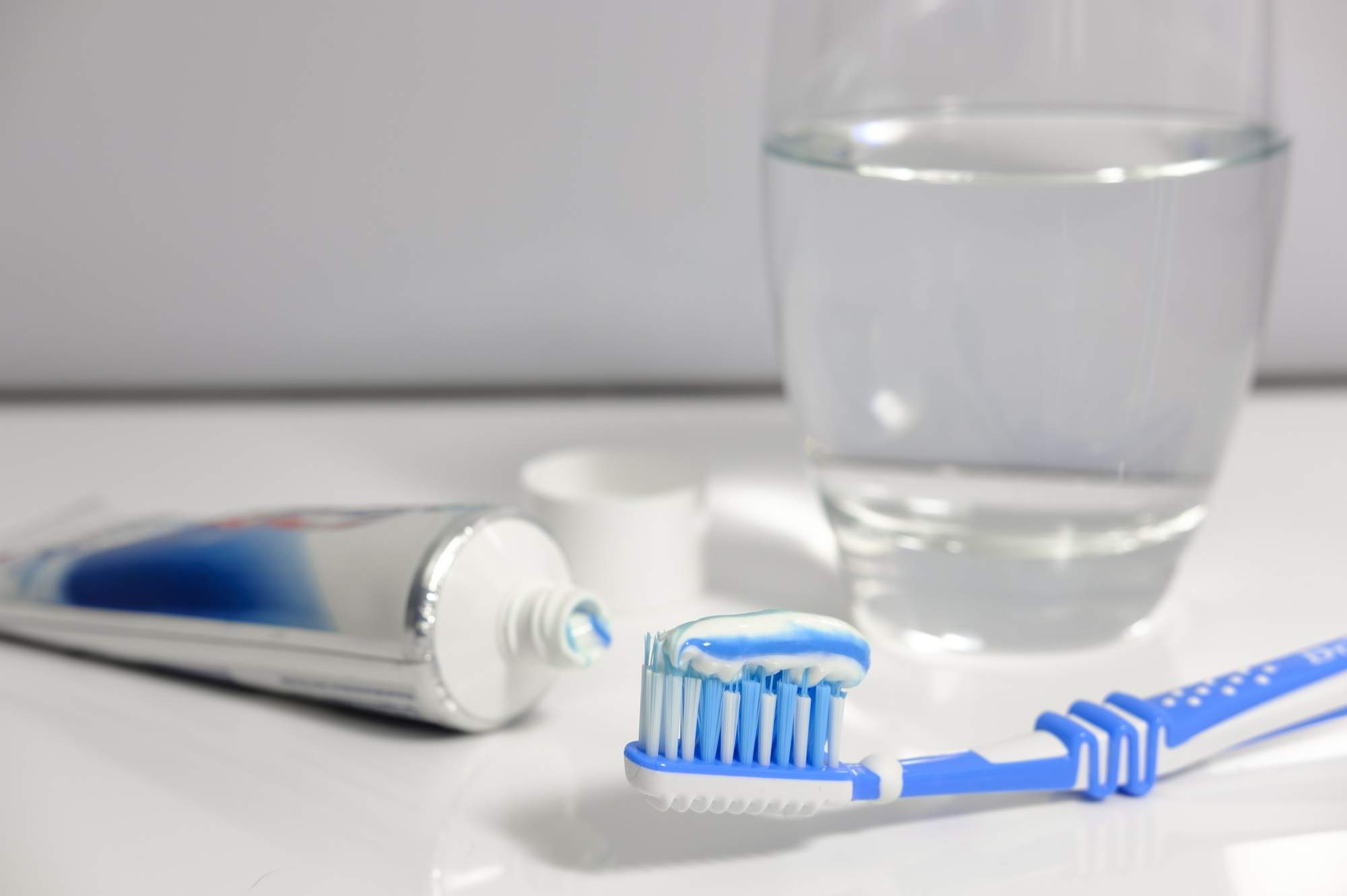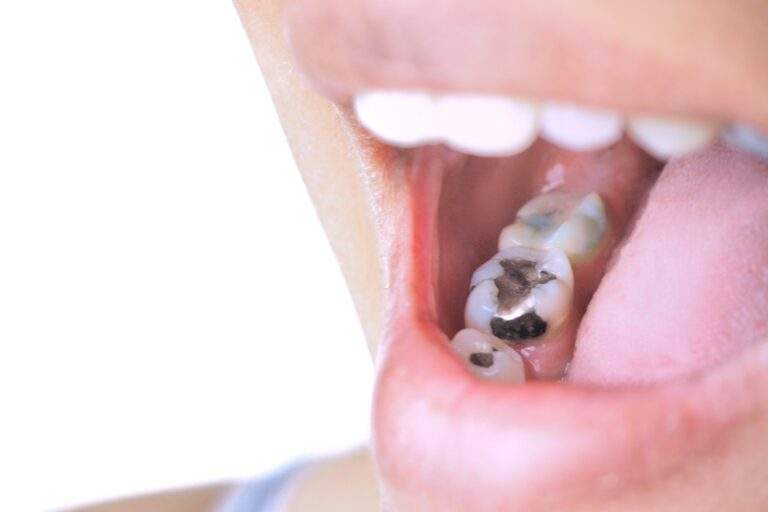
How to Avoid the Most Common Teeth Brushing Mistakes at All Costs
The CDC estimates that 1 out of every 4 U.S. adults in the 20-to-64 age bracket has a current problem with cavities.
From tooth decay to gingivitis, there are a ton of mouth and gum-related issues that could be solved with a solid tooth brushing regimen. But according to the dental industry, many people might think that they’re protecting their pearly whites when their teeth brushing habits are actually destroying their oral health.
What steps can you take to give you and your loved ones a shot at having healthy smiles for life? Keep reading to see our list of toothbrushing mistakes to avoid at all costs.
1. Using the Wrong Toothbrush
For most people, toothbrush-related problems fall into one of two general categories:
- You haven’t replaced your toothbrush in a timely fashion
- You’ve been using the wrong toothbrush altogether
As a general rule of thumb, you’ll want to replace your toothbrush every few months. However, if you notice that your bristles are bending or that you have to press really hard to get the same results as before, it may be necessary to replace your brush a little sooner.
When you do purchase your toothbrush, however, you’ll want to make sure that you’re making a solid purchase. Don’t just go for the cheapest brushes on sale — pay attention to the different types of toothbrushes.
In many cases, the best toothbrushes will have softer bristles. Why? Because your daily toothbrush needs to bend so that it can actually clean your gums and mouth properly.
2. Picking the Wrong Toothpaste
The toothpaste aisle in the grocery store often has an overwhelming amount of options. Should you choose whitening toothpaste or a gingivitis-fighting formula? And also, what’s the deal with all-natural toothpaste?
The answer is that it’s complicated. Different people will have different oral health needs.
However, you can start by asking yourself, “What am I struggling with right now?”. If you suffer from cavities or weak enamel, a fluoride-based toothpaste could be the answer. But if you’re dealing with gum health, you’ll want to look more closely at FDA and dentist-approved toothpaste formulas.
Not sure about what to choose still? Fluoride myths and facts is a resource that you may want to read.
3. Just Brushing Your Teeth
Remember the last time you visited your local dentist for a cleaning? Chances are that the hygienist didn’t just brush your teeth and call it a day. You probably experienced intense flossing and various dental tools scraping against your gumline.
You don’t have to treat oral hygiene like a part-time job. But it is a good idea to clean your teeth thoroughly once per day.
While it’s true that pulling out your dental floss, mouthwash, and tongue scraper can be a pain, this is a habit that could pay dividends for your long-term oral health.
Are Your Teeth Brushing Habits Putting Your Mouth at Risk?
On paper, teeth brushing should be one of those daily tasks that people do on autopilot. But there’s an art to keeping those pearly whites clean. So much so that not even the best dentist in the world can replace a well-constructed toothbrushing routine.
If your brushing habits have been killing your oral health, there is still good news:
Toothbrush replacement, toothpaste selection, and regular deep cleans are all relatively easy adjustments to make.
Was this article helpful? Check out our site to see more top-notch content!















